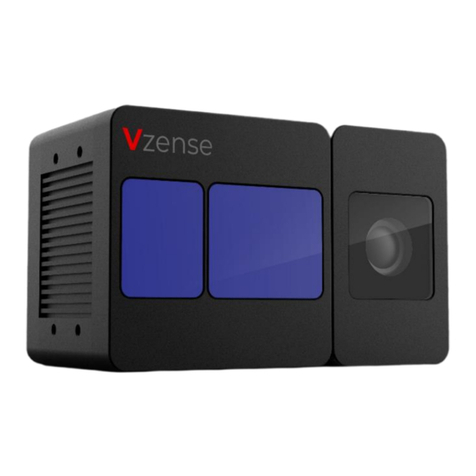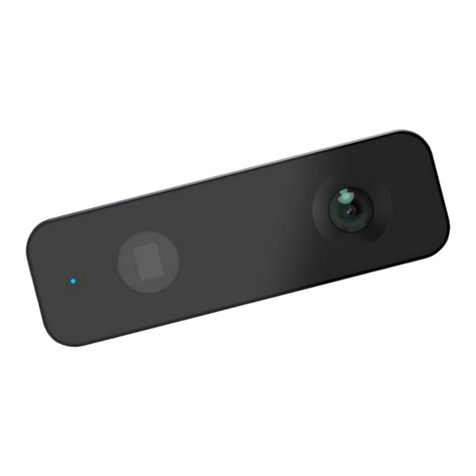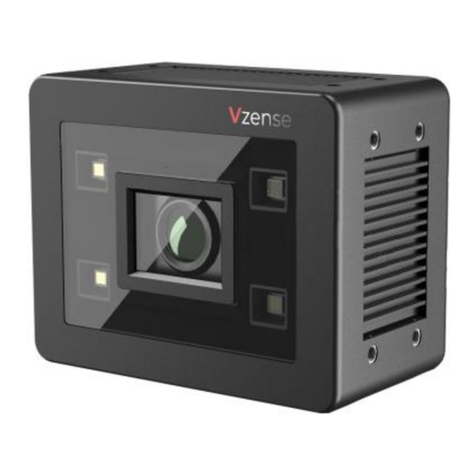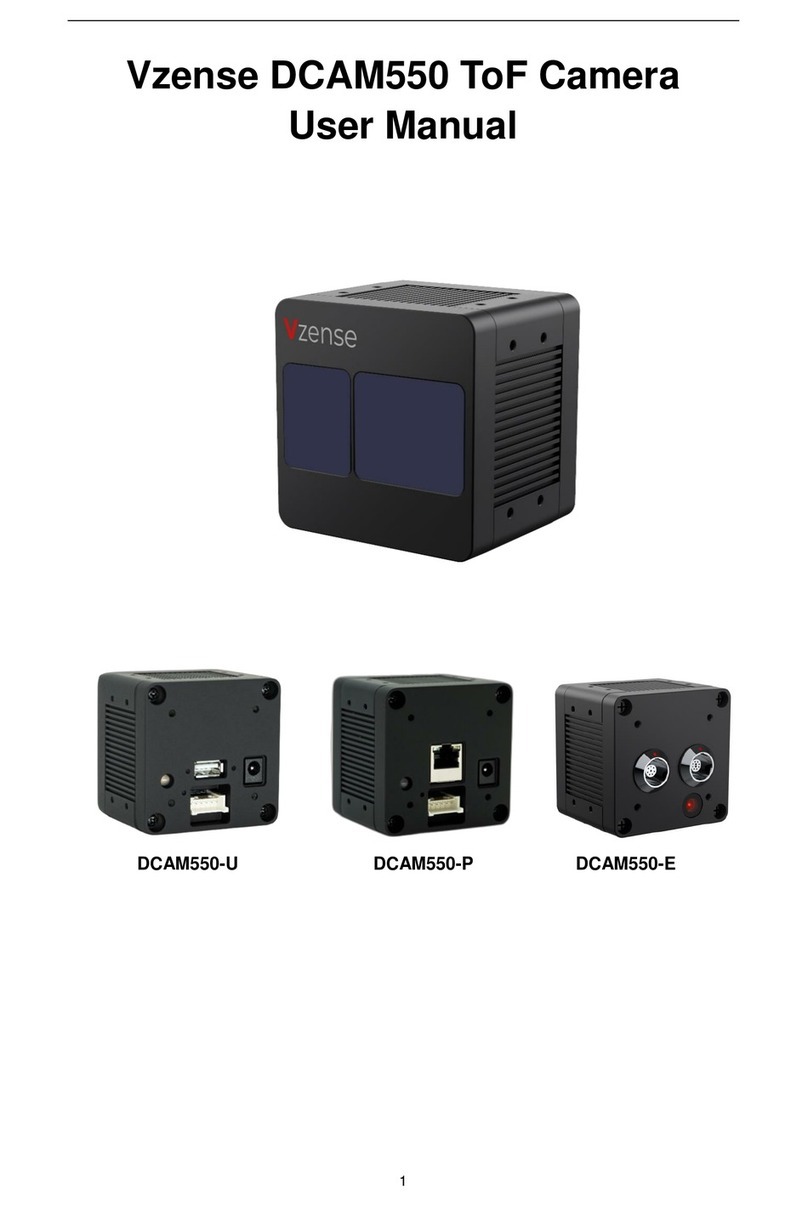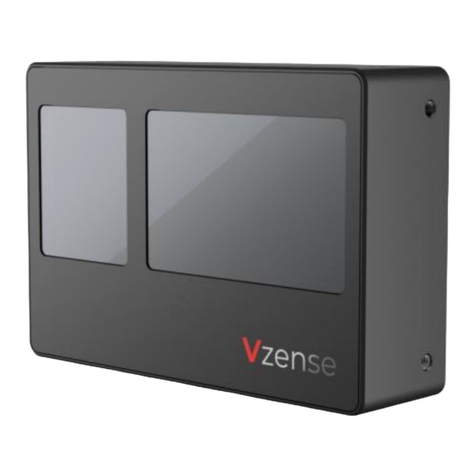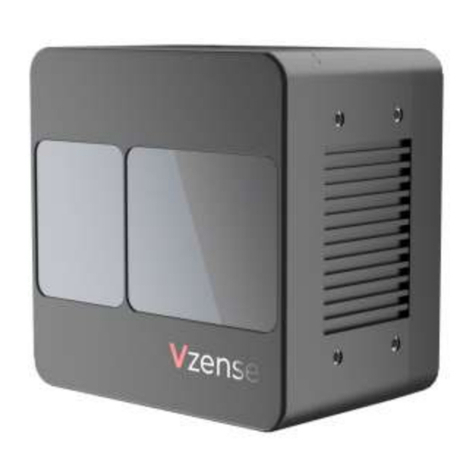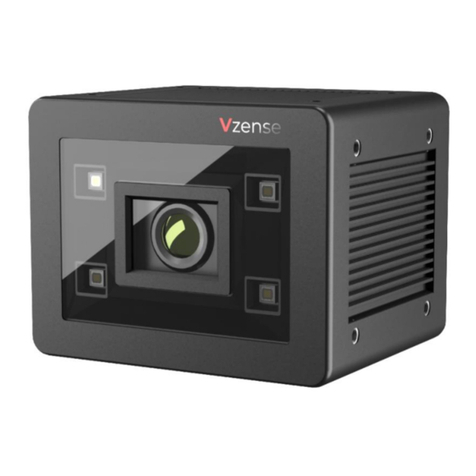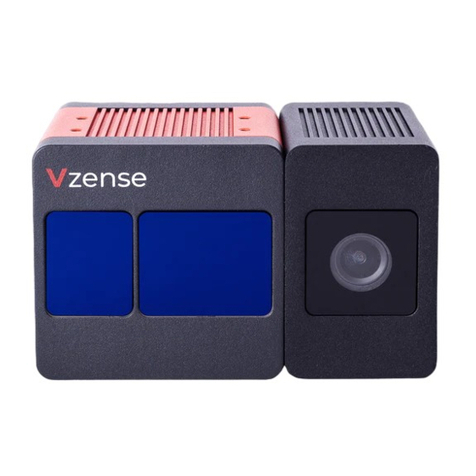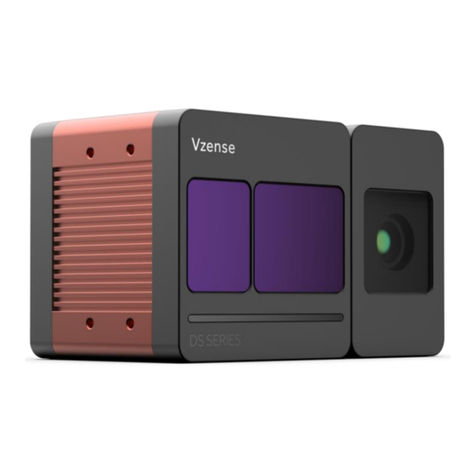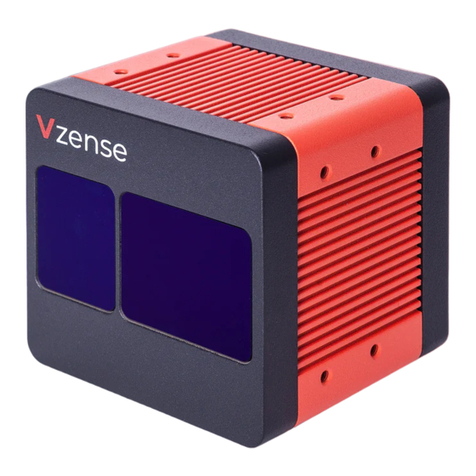
Table of Contents
1General Information............................................................................................ 3
1.1 Terms of Use............................................................................................ 3
1.2 Description and Features ......................................................................... 4
2Precautions ........................................................................................................ 5
2.1 Safe Usage Instructions ........................................................................... 5
2.2 Power....................................................................................................... 5
2.3 Usage....................................................................................................... 5
2.4 Temperature............................................................................................. 6
3Specifications and Requirement......................................................................... 6
3.1 General Specifications.............................................................................. 6
3.2 Electrical Specifications............................................................................ 7
3.2.1 Recommended Operating Conditions............................................. 7
3.2.2 Power Consumption....................................................................... 8
3.3 Mechanical Specifications ........................................................................ 9
3.4 Working Condition Requirements............................................................. 9
3.4.1 Hardware Requirements................................................................. 9
3.4.2 Software Requirements.................................................................. 9
3.4.3 Environmental Requirements ....................................................... 10
3.4.4 Coordinate of the Camera System ............................................... 10
4Interface with Host............................................................................................ 12
4.1 Connectors............................................................................................. 12
4.2 LED indication........................................................................................ 12
5Principle of Time of Flight ................................................................................. 13
5.1 Scope of remote sensing technology...................................................... 13
5.1.1 Direct Time of Flight ..................................................................... 13
5.1.2 Range-gated Imaging ToF............................................................ 14
5.1.3 Continuous Waveform ToF........................................................... 15
5.1.4 Vzense ToF Principle.................................................................... 16
5.2 Noise Factors......................................................................................... 17
5.2.1 Ambient Light............................................................................... 17
5.2.2 Multipath Propagation .................................................................. 17
5.2.3 Reflectivity of the Target............................................................... 17
5.2.4 Scattering Effect........................................................................... 18
6Installation........................................................................................................ 18
6.1 Hardware Installation.............................................................................. 18
6.2 Software Installation............................................................................... 19
6.2.1 Operating system......................................................................... 19
6.2.2 Vzense SDK and Vzense Utool.................................................... 19
